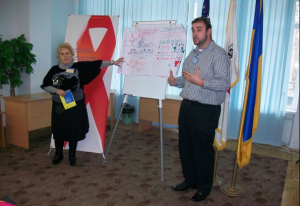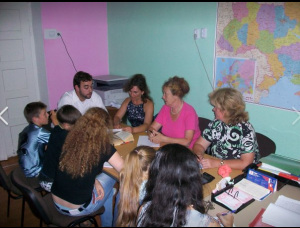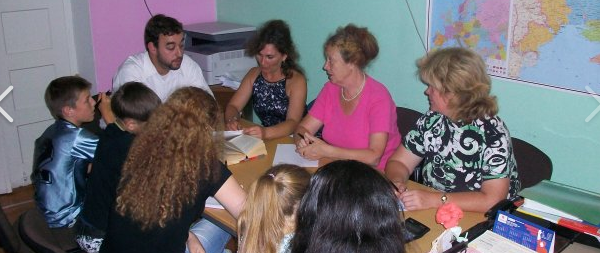When people hear the words “Peace Corps,” many think of former President Kennedy calling out to a bunch of hippies to live in huts and dig wells in developing countries. By the turn of this century, the idea of the Peace Corps was long lost to most people. It even earned an ironic reference in an early episode of the TV series “Lost.”
The truth is that the Peace Corps has remained very much alive, with more than 220,000 Americans serving as volunteers over the past five decades, myself included.
The Peace Corps Now
The Peace Corps currently sends volunteers to over 60 countries worldwide, addressing critical challenges faced by those countries.
Peace Corps volunteers work in agriculture, the environment, community economic development, education, health, and youth development. Volunteers aim to achieve the three goals of Peace Corps:
- To help the people of interested countries meet their need for trained men and women
- To promote a better understanding of Americans on the part of the peoples served
- To promote a better understanding of other peoples on the part of Americans.

Me (on the right) giving an HIV/AIDS project proposal with a Ukrainian project partner.
Volunteers are trained to fulfill these goals in their respective sectors and sites by working with local partners. They implement grassroots initiatives planned with local partners to identify solutions that are workable and meaningful both to the community and the volunteer.
The range of projects implemented by Peace Corps Volunteers is vast, from teaching in a remote village in Zambia, to offering medical checkup services for nomadic families in Mongolia, to health education in Guatemala, to starting social businesses for NGO funding in Ukraine.
How Does Sustainability Factor In?
A major component of every project is that it must be sustainable. Sustainability for a project could mean anything from training trainers to carry on initiatives, to educating large numbers of people on critical topics, to identifying ways to generate money to fund NGO services.

I served as a Community Development Volunteer in Brody, Ukraine, from 2009-11. I worked with groups in my community to identify needs, helped them improve their project design and management skills, and helped to find funding for projects.
Some of the projects I worked on included starting up a social business to fund NGO operations, creating events to train children about volunteerism and the importance of coming together as a community, and an HIV/AIDS education and prevention training.
When I decided to serve as a Peace Corps volunteer, I wasn’t very familiar with the term “sustainability.” But during my two years in Ukraine, I got to experience firsthand what it really meant, and to appreciate my small successes and the impact I made on the lives of the people in Brody.
My experience in Ukraine was incredibly difficult, yet amazing and rewarding. It had a significant impact on my life, including putting me on my current path with the MBA in Sustainability program at Bard.
What Does the Future Hold?
The Peace Corps is regaining popularity for the work its volunteers do. In the past 10-15 years, Peace Corps has experienced larger numbers of applicants. Volunteers now have the opportunity to use social media to showcase their projects, which is building visibility for the organization.
It’s my hope that this resurgence of interest in the Peace Corps and the work its volunteers do does not vanish again. I also hope that the sustainability potential of future projects is recognized and encouraged.
If you’re interested in information regarding Peace Corps volunteer opportunities and how to make a difference, please visit https://www.peacecorps.gov/
